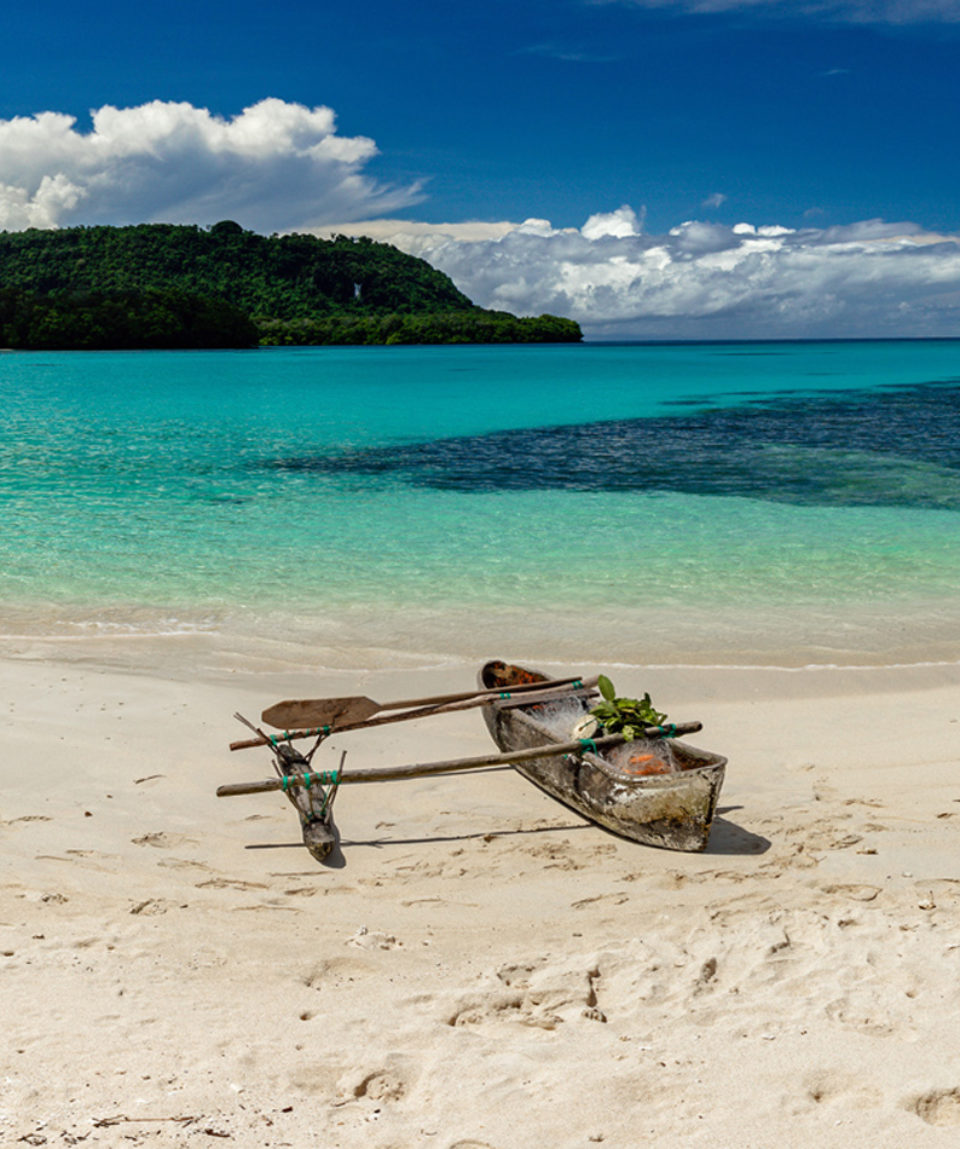Give us three weeks and we will change the way you see the world. Departing from Darwin, hug the craggy coast as you sail east, over the top of Australia, looking for wildlife and learning about the rich history and traditions of the aboriginal peoples of this area. Sail across the Arafura Sea and enter the totally different worlds of Papua New Guinea and the Solomon Islands. The diverse and rich cultures of these islands will amaze you. Your final destination is Vanuatu for a Pacific Island adventure far beyond your imagination. Melanesia has been topping wanderlust wish lists for years. Join our team of onboard experts aboard Silver Cloud and explore this lesser known region.
Please note: Expedition highlights and wildlife listed here are possible experiences only and cannot be guaranteed. Your Expedition Leader and Captain will work together to ensure opportunities for adventure and exploration are the best possible, taking into account the prevailing weather, wildlife activity and ice conditions. Expedition Team members scheduled for this voyage are subject to change or cancellation.
- Personalized service – the best crew-to-guest ratio in expedition cruising
- Butler service in every suite and stateroom – all guests are pampered equally
- Open-seating dining options in four venues – dine when and with whomever you please
- Beverages in-suite and throughout the ship – select wines, premium spirits, specialty coffees and soft drinks, plus your own tailored mini-bar
- In-suite dining and room service
- Enrichment lectures by a highly qualified Expeditions Team
- Guided Zodiac, land and sea tours, and shoreside activities led by the Expeditions Team
- Gratuities always included in your fare
- Unlimited free Wi-fi
- Free Economy Air – or reduced rate Business Class air
- Pre- and post-cruise hotel stays and transfers
- Travel Insurance
- Spa and Beauty Parlor Services
- Select premium wines and spirits
- Additional pre- or post-cruise arrangements
- Day 1 ARRIVE DARWIN, AUSTRALIA
- DAY 2 EXPLORE DARWIN, EMBARKATION
- DAY 3 Victoria Settlement, Australia
- DAY 4 Elcho Island (Banthula), Australia
- DAY 5 Yirrkala, Australia
- DAY 6 Thursday Island, Australia
- DAY 7 Day at Sea
- DAY 8 Alotau, Papua New Guinea
- DAY 9 Dei Dei Hot Springs, Fergusson Island - Dobu Island
- DAY 10 Kuiawa Island
- DAY 11 Jacquinot Bay, Papua New Guinea
- DAY 12 Rabaul, Papua New Guinea
- DAY 13 Day at Sea
- DAY 14 Kennedy Island - Njari Island, Solomon Islands
- DAY 15 Lumalihe Island, Marove Lagoon, Solomon Islands
- DAY 16 Rauhi Island, Solomon Islands
- DAY 17 Santa Ana, Solomon Islands
- DAY 18 Day at Sea
- DAY 19 Champagne Beach, Vanuatu
- DAY 20 Ambrym Island, Vanuatu
- DAY 21 Day at Sea
- DAY 22 Yasawa, Fiji
- Day 23 Lautoka, Fiji - Disembark
- Day 24 Return Home
 SILVER CLOUD
SILVER CLOUD
Silver Cloud is the first hybrid ship in our fleet and brings the remote and remarkable to you in ultra-luxurious comfort. Her large suites, destination itineraries and unparalleled service make her truly special. Four dining options will tantalize your taste buds, and as 80% of her suites include a veranda, watching a breaching whale from the comfort of your balcony never been so personal. A limited number of guests in polar waters (240 vs. 254) and in the Kimberley (200 vs. 254), mean that Silver Cloud has one of the highest crew to guest and space to guest ratios in expedition cruising. With her 20 zodiacs, 10 kayaks, possibilities are almost limitless with ship-wide simultaneous exploration.
SILVER CLOUD DINING OPTIONS:
4 RESTAURANTS
The Grill
Soft breezes and ocean views beckon at the Grill, especially as the sun goes down when cruise guests gather for cocktails at the outdoor bar and talk about the day’s events.

La Dame
La Dame features a bespoke menu by our top chefs, and is the highest expression of excellence of French dining.
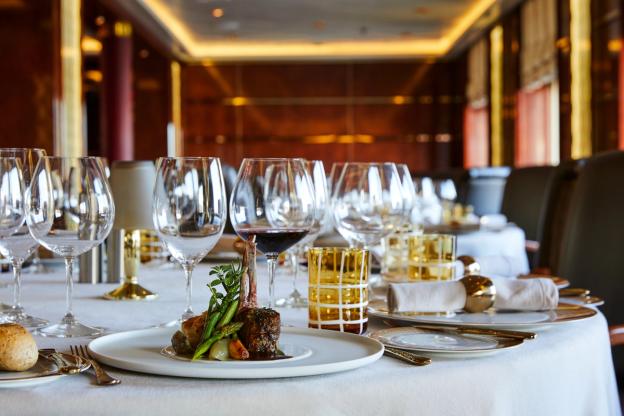
La Terrazza
Authentic Italian recipes and the freshest, sustainable ingredients come together in this restaurant at sea.

The Restaurant
Enjoy Continental and regional specialties, as well as sweeping ocean views in our main dining room.
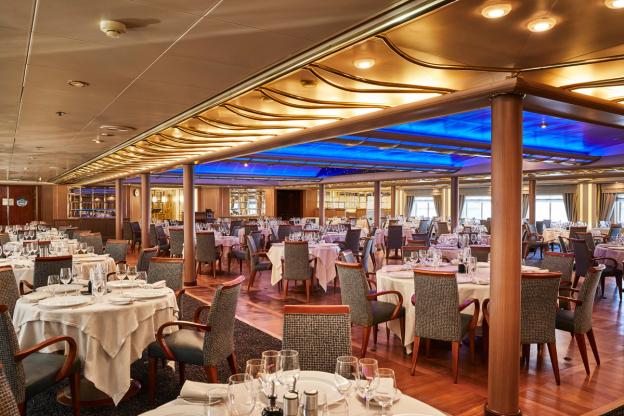
PUBLIC AREAS
Dolce Vita
No cruise is complete without meeting new people. Enjoy complimentary drinks and live music at the bar while meeting other guests.
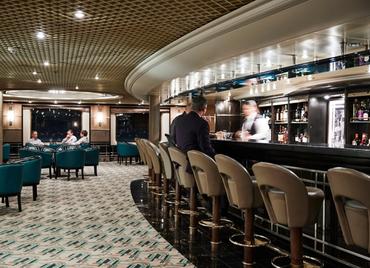
Zagara Beauty Salon
Maintain your fresh look throughout your luxury cruise at the Zagara Beauty Salon. Services are available for men and women.

Pool Deck
Chaise lounges arranged in the sun or shade. Bubbling whirlpools. The pool water refreshing in warmer climates, heated for cooler weather.
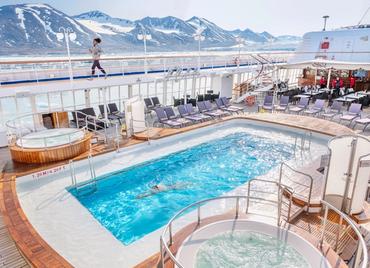
Reception
Be sure to visit the Reception area, where our experts can provide invaluable information to help you get the most out of your cruise.
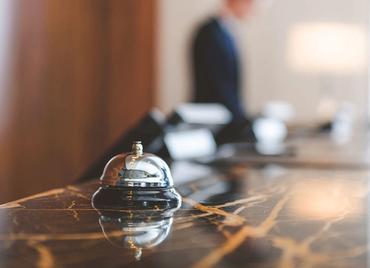
Fitness Centre
The Fitness Centre offers world-class equipment, classes, and personalized services.

Connoisseur’s Corner
If you appreciate good cognac or premium cigars, be sure to visit the Connoisseur’s Corner to see the ship’s exceptional selection.

Observation Lounge
The Observation lounge boasts exceptional views overlooking the ocean as it stretches out below you while you enjoy your cruise.

Boutique
There is a wealth of luxury shopping experiences aboard all Silversea ships, featuring the most distinctive and appealing brands from across the globe.
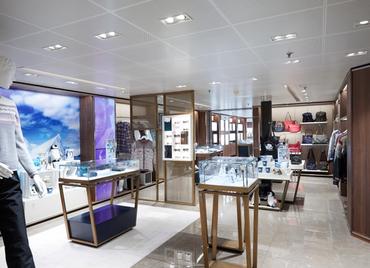
Explorer Lounge
Perfect for presentations, lectures and video screenings, this is where our team of dedicated experts share their knowledge on their specialized subject, not to mention their infectious passion and energy.

Panorama Lounge
Relax and unwind in the Panorama Lounge, a sophisticated yet amicable space offering beautiful ocean views as you enjoy your cruise.
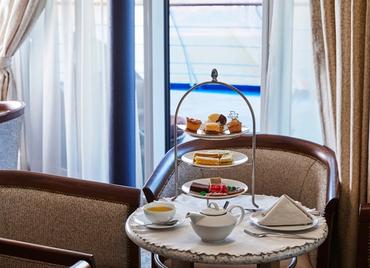
Zagara Beauty Spa
Come and indulge in a luxurious spa treatment. Facials, body wraps, massages: the spa is the perfect place to unwind.

Photo Studio
The Photo Studio offers a professional space for budding photographers to retouch, print and display their work.

-
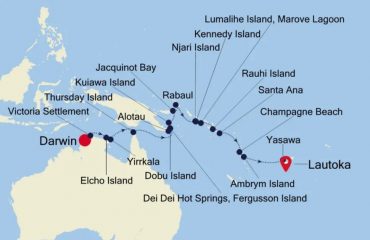 Darwin to Lautoka Map
Darwin to Lautoka Map
-
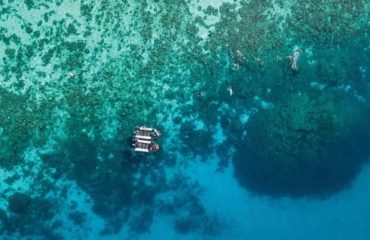 Dobu Island
Dobu Island
-
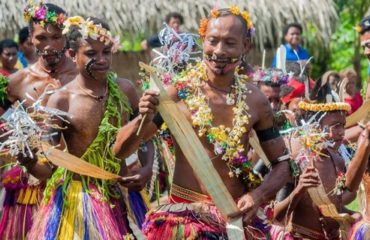 Kuiawa Island
Kuiawa Island
-
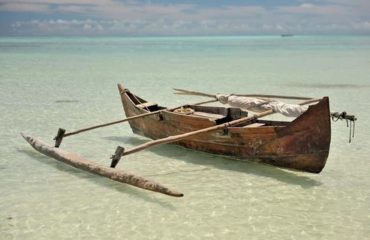 Jacquinot Bay
Jacquinot Bay
-
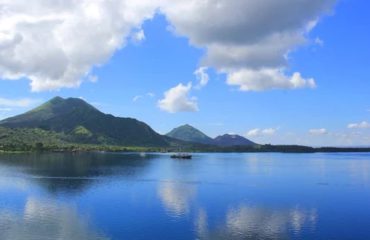 Rabaul
Rabaul
-
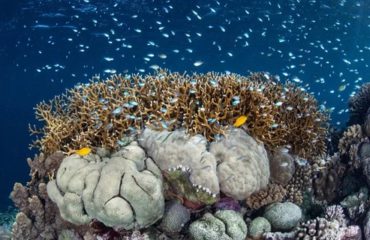 Njari Island
Njari Island
-
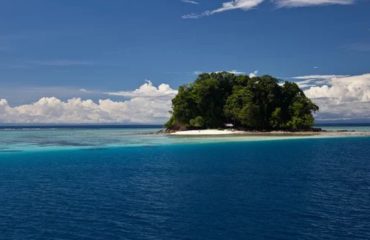 Kennedy Island
Kennedy Island
-
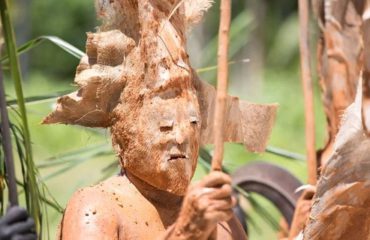 Santa Ana
Santa Ana
-
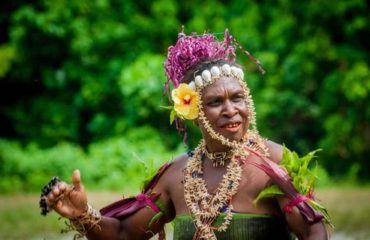 Vanikoro
Vanikoro
-
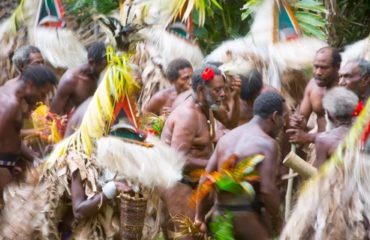 Ambrym Island
Ambrym Island
-
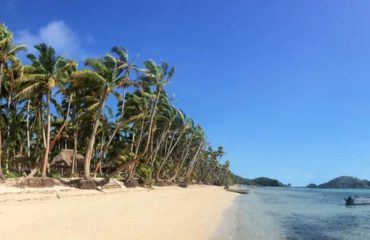 Yasawa
Yasawa
-
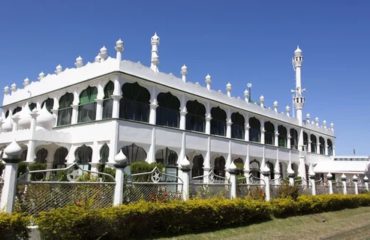 Lautoka
Lautoka
-
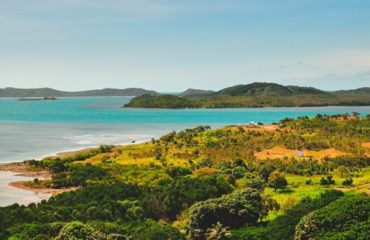 THURSDAY ISLAND, AUSTRALIA
THURSDAY ISLAND, AUSTRALIA
-
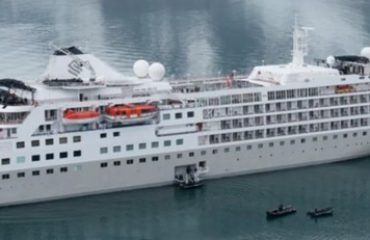 SILVER CLOUD
SILVER CLOUD
-
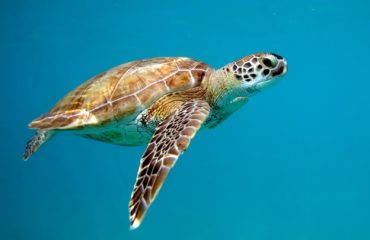 Sea Turtle
Sea Turtle
-
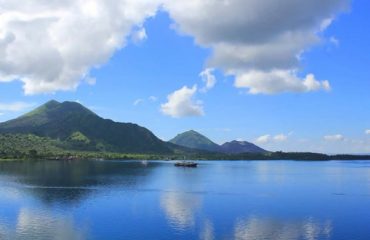 Rabaul, Papua New Guinea
Rabaul, Papua New Guinea
-
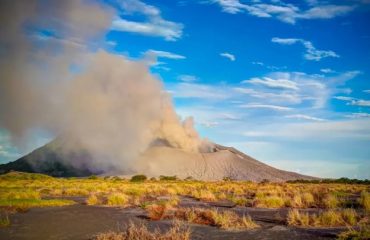 Rabaul Volcano, Papua New Guinea
Rabaul Volcano, Papua New Guinea
-
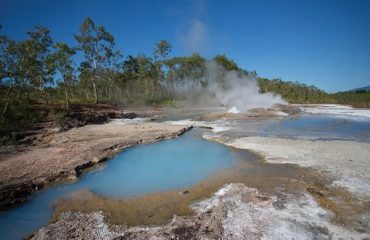 Dei Dei Springs, Papua New Guinea
Dei Dei Springs, Papua New Guinea
-
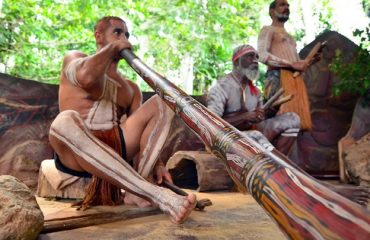 Elcho Island, Australia
Elcho Island, Australia
-
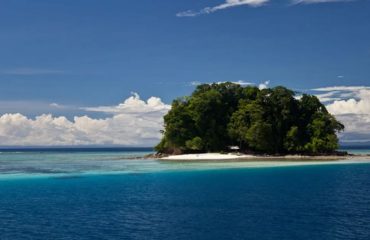 Kennedy Island, Solomon Islands
Kennedy Island, Solomon Islands
-
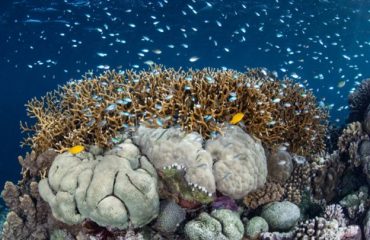 Njari Island, Solomon Islands
Njari Island, Solomon Islands


